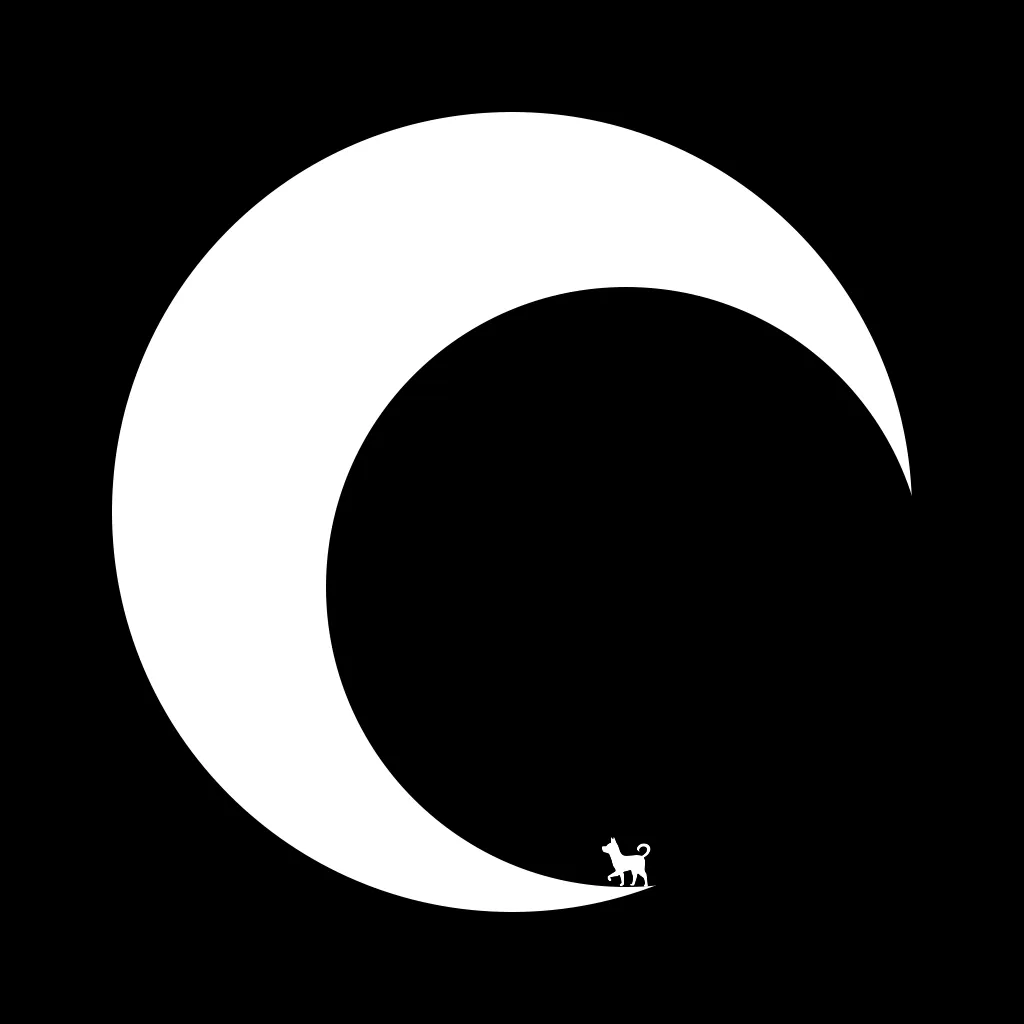请注意,本文编写于 466 天前,最后修改于 466 天前,其中某些信息可能已经过时。
目录
以下是一些常见的 display: flex 子元素布局示例的 CSS 代码。
1. 水平居中
css.container {
display: flex;
justify-content: center;
}
.item {
width: 100px;
height: 100px;
background-color: lightblue;
}
2. 垂直居中
css复制代码
.container {
display: flex;
align-items: center;
height: 100vh; /* 确保容器有高度 */
}
.item {
width: 100px;
height: 100px;
background-color: lightcoral;
}
3. 水平和垂直居中
css.container {
display: flex;
justify-content: center;
align-items: center;
height: 100vh; /* 确保容器有高度 */
}
.item {
width: 100px;
height: 100px;
background-color: lightgreen;
}
4. 水平分布(均匀分布)
css.container {
display: flex;
justify-content: space-between;
}
.item {
width: 100px;
height: 100px;
background-color: lightpink;
}
5. 垂直排列
css.container {
display: flex;
flex-direction: column;
height: 100vh; /* 确保容器有高度 */
}
.item {
width: 100px;
height: 100px;
background-color: lightseagreen;
margin-bottom: 10px; /* 添加间距 */
}
6. 水平和垂直均匀分布
css.container {
display: flex;
justify-content: space-around;
align-items: center;
height: 100vh; /* 确保容器有高度 */
}
.item {
width: 100px;
height: 100px;
background-color: lightskyblue;
}
7. 子元素自适应宽度
css.container {
display: flex;
}
.item {
flex: 1;
height: 100px;
background-color: lightsteelblue;
margin: 5px; /* 添加间距 */
}
这些示例展示了使用 display: flex 可以实现的常见布局方式,可以根据具体需求调整和组合这些布局属性。
本文作者:DingDangDog
本文链接:
版权声明:本博客所有文章除特别声明外,均采用 BY-NC-SA 许可协议。转载请注明出处!
目录
